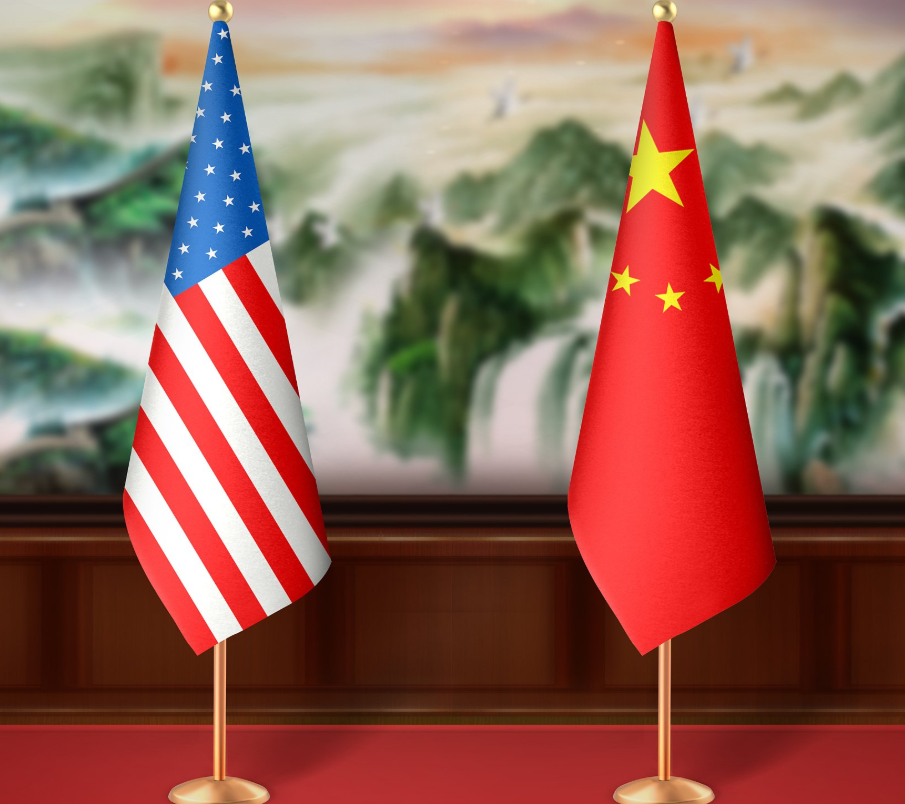China Trade War Strategy:China has taken a firm stance in its ongoing trade war with the United States. At first glance, this position appears justified. The country enjoys a massive $300 billion trade surplus with the US, driven by exports of critical products such as smartphones, industrial machinery, and rare earth minerals vital to advanced technologies.
China Trade War Strategy: China’s Trade Advantage Over the United States
China currently holds a $300 billion trade surplus with the United States. It exports vital goods such as smartphones, industrial machinery, and rare earth minerals used in high-tech applications. Nearly 40% of US imports from China consist of essential manufacturing components, making tariffs highly disruptive to consumers and core sectors like manufacturing and agriculture.
According to 2024 data, the biggest contributor to this imbalance is the Computer & Electronic Products category, where the U.S. runs a $123 billion trade deficit with China. Other major deficit categories include:
- Electrical Equipment, Appliances & Components: -$56 billion
- Miscellaneous Manufactured Commodities: -$50 billion
- Machinery (except electrical): -$32 billion
- Fabricated Metal Products: -$25 billion
- Apparel & Accessories: -$25 billion
- Plastics & Rubber Products: -$19 billion
In contrast, U.S. exports to China are relatively modest, with only a few categories showing significant surpluses such as:
- Computer & Electronic Products: +$31 billion
- Agricultural Products: +$27 billion
- Oil & Gas: +$24 billion
- Transportation Equipment: +$20 billion
Nearly 40% of U.S. imports from China consist of manufacturing components essential to American factories. This makes tariffs a double-edged sword: while intended to punish China, they also disrupt vital supply chains across U.S. manufacturing and agriculture.
Global Trade Ties Strengthen China’s Position
China’s trade relationships extend far beyond the U.S. Major economies including Japan, India, and Australia now trade more with China than with America. This deep integration into global supply chains makes Chinese goods incredibly difficult to replace, reinforcing Beijing’s leverage in international commerce.
Nationalism Fuels Domestic Support
China’s rigid position in the trade war enjoys domestic support, thanks to strong nationalist sentiment and the influence of state-controlled media. Limited access to independent information further helps maintain public backing for the government, despite rising economic challenges.
The Hidden Economic Vulnerabilities
Despite its global dominance in trade, China faces internal weaknesses. Average disposable income remains under $6,000 per year, reflecting limited domestic consumption. At the same time, the economy is saddled with massive debt and overinvestment.
Secretary Bessent noted in one Speech “There is no domestic demand for consumption in China: nearly half of the population makes less than $5 a day!!!”
The Real Estate and Infrastructure Bubble
Overbuilding in real estate and infrastructure has left millions of homes empty or unfinished. These ghost cities symbolize the economic inefficiencies and financial risks tied to China’s growth model.
Recently Chinese government decided to buy homes that are built, but not sold. Unveils $41 billion rescue package for the sector. One of the reasons why most property markets are getting unaffordable is – 1) No regulation when prices and demand are high, 2) All regulation when it’s the reverse
China’s property sector is unleashing economic chaos. Bankrupt developers have left banks saddled with bad loans, while construction has ground to a halt. Offshore creditors have recovered only 0.6% of $150 billion in defaults since 2021. With jobs disappearing and mortgage defaults soaring, the bubble has imploded—leaving behind rubble and uncertainty in its wake.
Social Inequality and the Hukou System
Rural migrant workers are especially disadvantaged. The hukou residency system limits their access to essential services like healthcare, education, and pensions in cities. These social shortcomings add to the broader economic strain
Signals of a Cautious Shift
Recent openness to tariff discussions suggests Chinese authorities are aware of these mounting internal pressures. However, they remain reluctant to enact reforms that could destabilize the political system or slow economic momentum further.
China may look strong in the global trade war, but internally it faces growing economic vulnerabilities. Debt, low domestic demand, and inefficient overinvestment threaten to undercut its long-term position, even as it wields significant leverage on the world stage.

